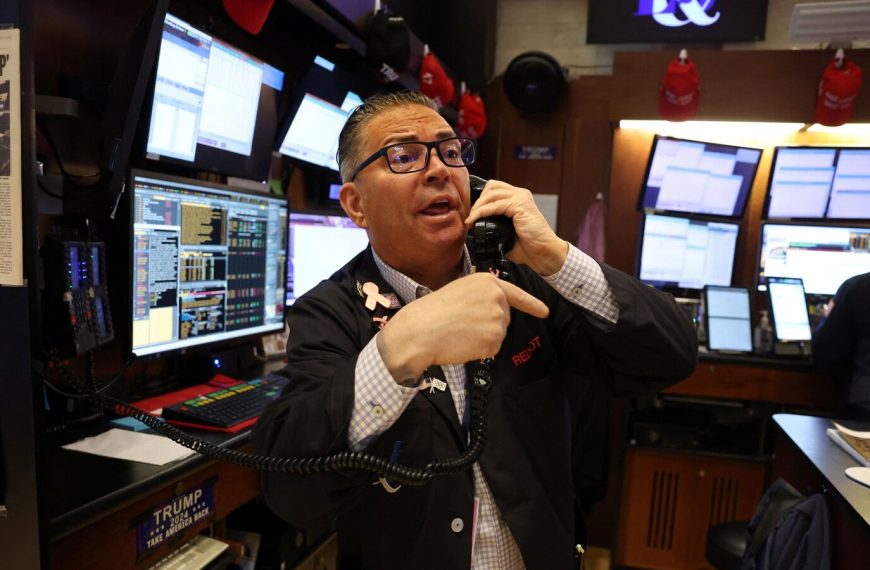The Indian stock market has recently showcased a remarkable surge, captivating investors with a 9% gain from April 7 to May 6. This impressive rally comes on the heels of a significant global market upswing triggered by the April 9 announcement to suspend reciprocal tariffs. However, as India shines amidst global uncertainty, many are left pondering the sustainability of this upward trend.
Market Dynamics and Resilience
India’s stock performance stands out, especially given its resilience during times of tariff disputes. The nation benefits from a comparatively low tariff framework, minimal reliance on manufacturing exports, and a robust domestic consumption model. These factors have shielded it from broader global economic fluctuations. Yet, despite the impressive gains, questions linger about the market’s long-term stability.
- Current Market Sentiment:
- While India’s market has surged, global and domestic apprehensions persist.
- Investors are advised to balance the risks of a potential market correction with the current momentum.
The Impact of Trade Agreements
The recent market upswing can be partly attributed to easing trade tensions, as evidenced by new agreements between the US and the UK, along with discussions surrounding a potential US-India Free Trade Agreement (FTA). While these developments are promising, the presence of high tariffs in these agreements and the unresolved US-China trade relationship could still pose challenges.
- Key Considerations:
- High tariffs are still embedded in trade agreements, affecting global growth.
- The resolution of trade tensions remains uncertain.
Earnings Growth: A Crucial Indicator
For the recent market rally to maintain its momentum, a rebound in earnings growth and positive business sentiment is crucial. So far, India’s Q4 FY24 earnings have shown a modest performance, with profit growth falling below 10%. The projected FY25 earnings per share (EPS) growth is a mere 5% year-on-year, leading to a rise in India’s one-year forward P/E to 20x, surpassing its 7-year average of 19x.
- Earnings Outlook:
- To justify elevated valuations, earnings growth needs to accelerate to 15%+.
- Current consensus estimates for FY26 EPS growth hover between 10% and 12%.
Future Market Probabilities
Looking ahead, the market’s positive trajectory may continue if earnings upgrades materialize. This scenario is feasible, bolstered by decreasing inflation rates, potential interest rate cuts, and increasing external demand as India becomes an alternative supplier for Western markets amid ongoing US-China tensions.
- Potential Market Drivers:
- Falling inflation and rate cuts could boost investor sentiment.
- Corporate results for Q1 FY26 will be pivotal in confirming growth trends.
Global Economic Context
Despite the optimism, significant challenges remain. The 90-day concessional window necessitates rapid advancements in redefining global trade dynamics. Weak economic indicators from the US have raised alarms regarding supply chain management amid high costs and uncertainties.
- Investor Sentiment:
- Markets typically react negatively to uncertainty, leading to potential pullbacks in times of geopolitical and economic instability.
Foreign Institutional Investors’ Role
The recent surge in the Indian market has been fueled by renewed interest from Foreign Institutional Investors (FIIs), who now see India as a refuge amidst global turbulence. Conversely, retail investors appear more cautious, with many opting to take profits after a swift market recovery.
- Investment Trends:
- FIIs are bullish on India, indicating confidence despite rising tensions with Pakistan.
- Retail investors, however, show skepticism, reflecting a divergence in market sentiment.
In summary, while the Indian stock market has displayed commendable strength recently, investors should remain vigilant and consider the underlying economic indicators and global uncertainties that could influence future performance.











